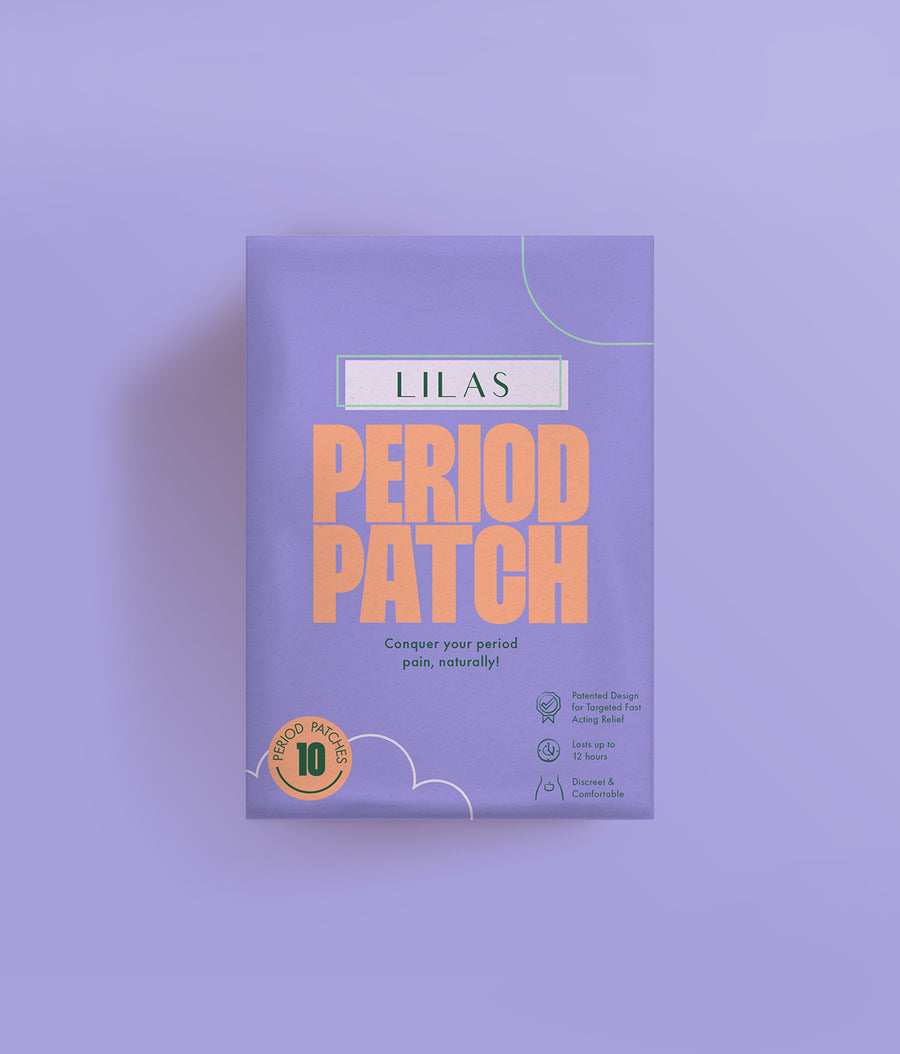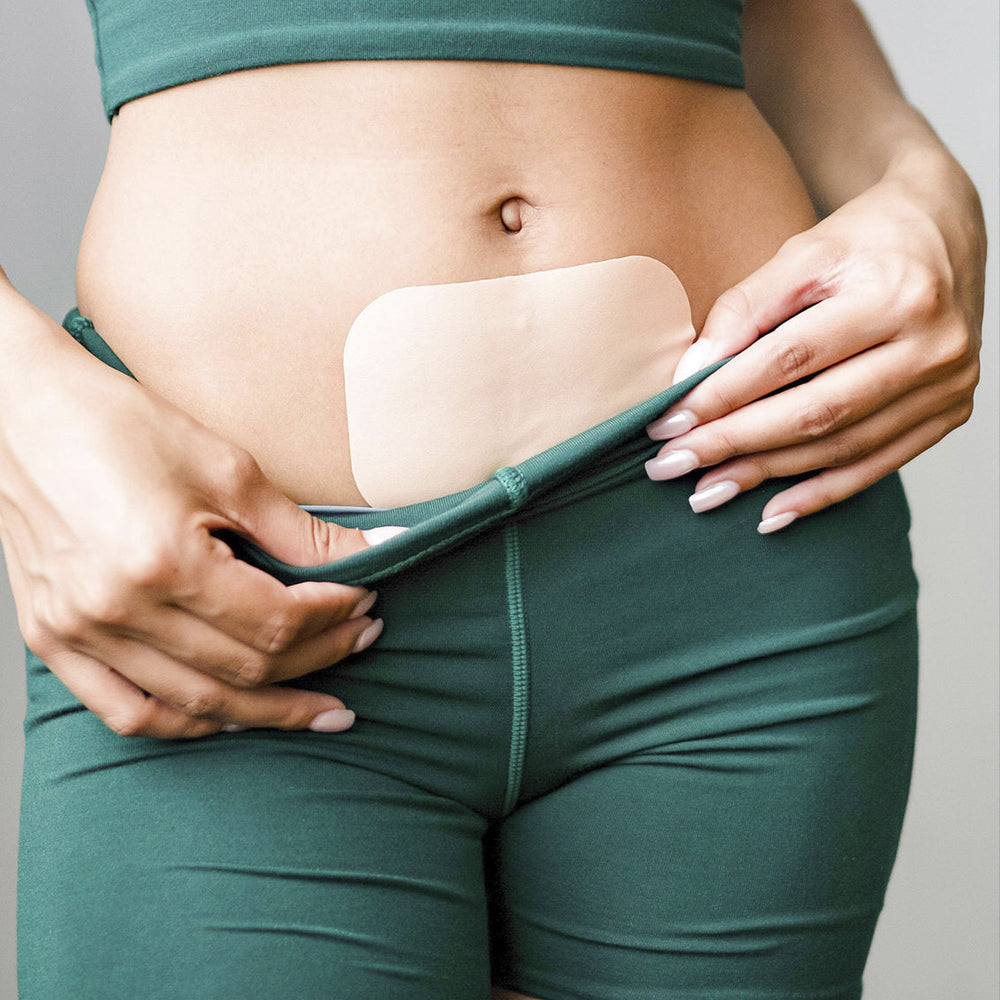Beyond the Cramps: 5 Lesser Known PMS Symptoms
Sometimes, when we consider menstruation, we may be tempted to oversimplify the experience of it. Usually, abdominal cramps get most of the spotlight when we talk about period symptoms. The often intense physical pain of these cramps makes menstruation seem like Mother Nature’s vengeance. But in reality, cramps are far from the whole story. For the over 90% of women who deal with premenstrual syndrome (PMS) symptoms at some point in their lives, periods appear to be more like package deals of discomfort, with hormonal imbalances impacting multiple aspects of well-being. Here are five PMS symptoms, beyond the cramps, that are often heavily associated menstruation:
- Headaches– In surveying women who experience migraines, studies have shown that 50% of these women see a direct correlation between menstruation and an uptick in the frequency of their headaches. Other follow-up studies have indicated that women who are prone to migraines are 1.7x more likely to have them in the one or two days right before menstruation starts and 2.5x more likely to have them during the menses itself. Though no one is entirely certain of the cause, experts hypothesize that these migraines emerge in part due to the fluctuations in serotonin levels. Serotonin is a neurotransmitter that can set off migraines and headaches. The interactions between changing estrogen and serotonin levels throughout PMS and menstruation make migraines more likely to occur.
- Acne–About 50% of women report an increase in acne at the onset of their typical PMS symptoms. In fact, some women may start to use birth control to minimize major hormonal acne flare-ups right before or during their periods. The rising of estrogen and progesterone coincides with an influx of hormones called androgens (i.e. testosterone) which increase the secretion of sebum skin oils that can clog pores.
- Issues with Sleeping– In the days leading up to a menses, and of course during the menses, women may experience a combination of symptoms that makes it difficult to relax and fall asleep. It’s hard to doze off when you’re physically uncomfortable. But surprisingly, experts propose that an increased body temperature is a more subtle cause of potential insomnia. Cooler body temperatures are more heavily associated with high-quality sleep. At the beginning of ovulation, a woman’s body temperature raises by half a degree Fahrenheit and doesn’t completely go back down until the completion of menstruation.
- “Tummy Troubles”–In my household, “tummy troubles'' really refers to two main PMS symptoms, irregular bowel movements and bloating. Irregular bowel movements may be triggered by the prostaglandins that signal for uterine contractions. The prostaglandins can also signal for contractions in the gut, disorienting the stomach away from its usual digestion pacing. Bloating is yet another symptom of increased estrogen and progesterone levels. The higher concentrations of the hormones make a woman’s body more inclined to hold on to more water and salt than usual. Hormonal bloating usually results in one or two pounds caused by retaining water that tend to disappear two or three days after they first appear.
- Tender Breasts– When progesterone levels start to rise around ovulation, mammary glands swell, but the swelling occurs in varying degrees. While it is barely noticeable for some women, for others, this mammary gland swelling can make breasts quite heavy and lumpy, leading to extreme discomfort.
Abdominal cramps may play a major role in a lot of women’s period experiences, but it isn’t the only symptom worthy of discussion. The hormonal fluctuations of menstruation can wreak all kinds of havoc on our usual sense of balance. If you do experience some of these symptoms, don’t hesitate to talk to your doctor about them, especially if they hinder your day-to-day tasks. It is always better to ask questions as you have them when it comes to your health. We at LILAS are committed to taking a holistic approach to women's wellness. Let’s encourage one another in addressing the nuances in our collective experiences and needs.


Leave a comment